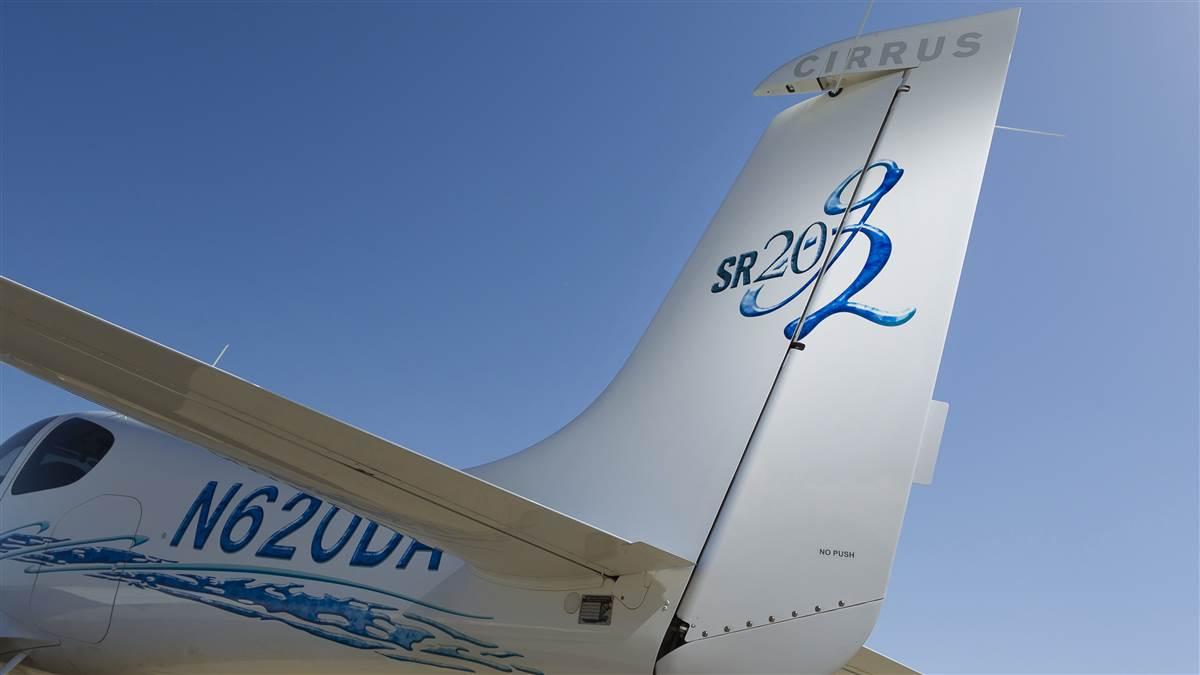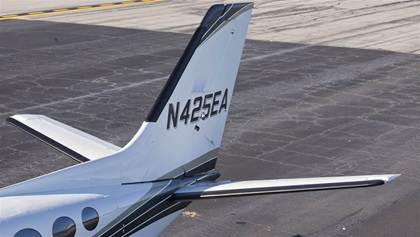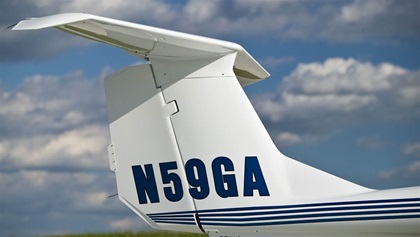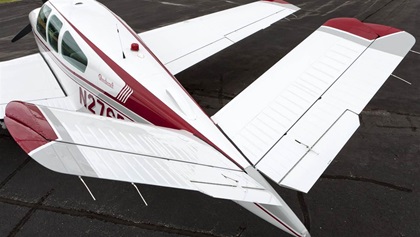What Am I? Check your six
The underappreciated empennage

The wings get all the credit, but the empennage—the area in the back of the aircraft that makes up the horizontal and vertical tail surfaces—is a remarkable bit of engineering. Often there are four distinct elements of the tail: immovable vertical and horizontal stabilizers, and a movable rudder and elevator. The vertical and horizontal surfaces are each wings, with the vertical portion providing “lift” to the left or right when the rudder is pressed, and the horizontal surface providing more or less vertical lift when the elevator is moved. The stabilizer got its name because it perfectly describes what it does. The wings may lift straight up, but the horizontal stabilizer “lifts” down. The center point of an aircraft’s weight is in front of its center point of lift. The tail helps to counteract that instability by providing downforce. So, when you pull up on the elevator, you’re actually increasing the tail’s downforce and allowing the nose to rise.






